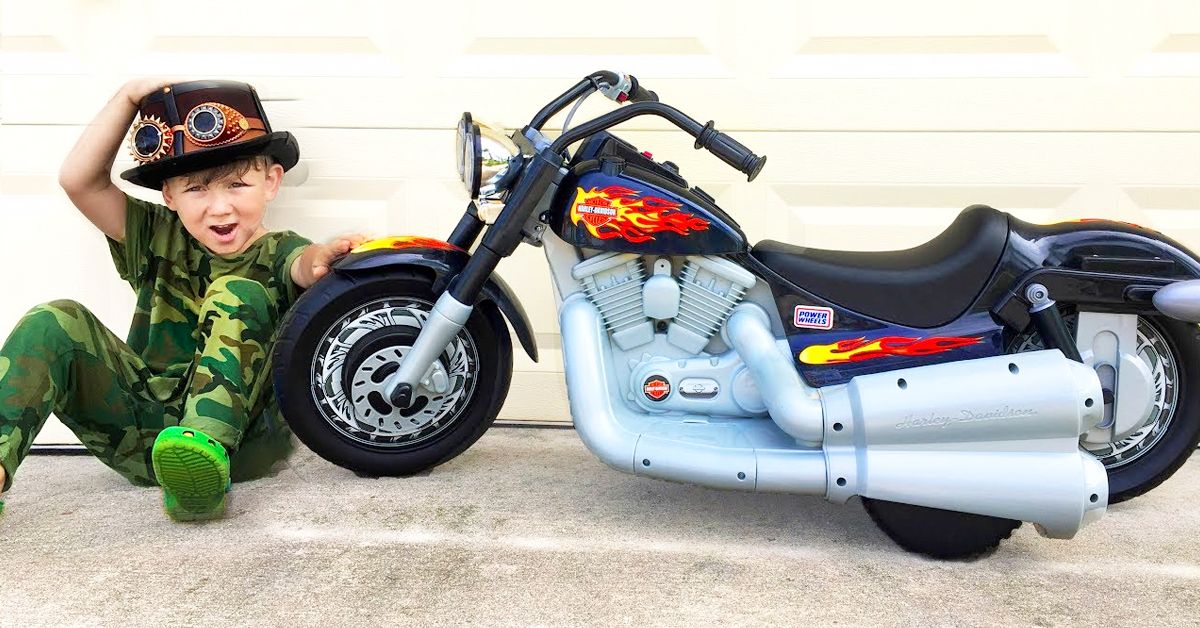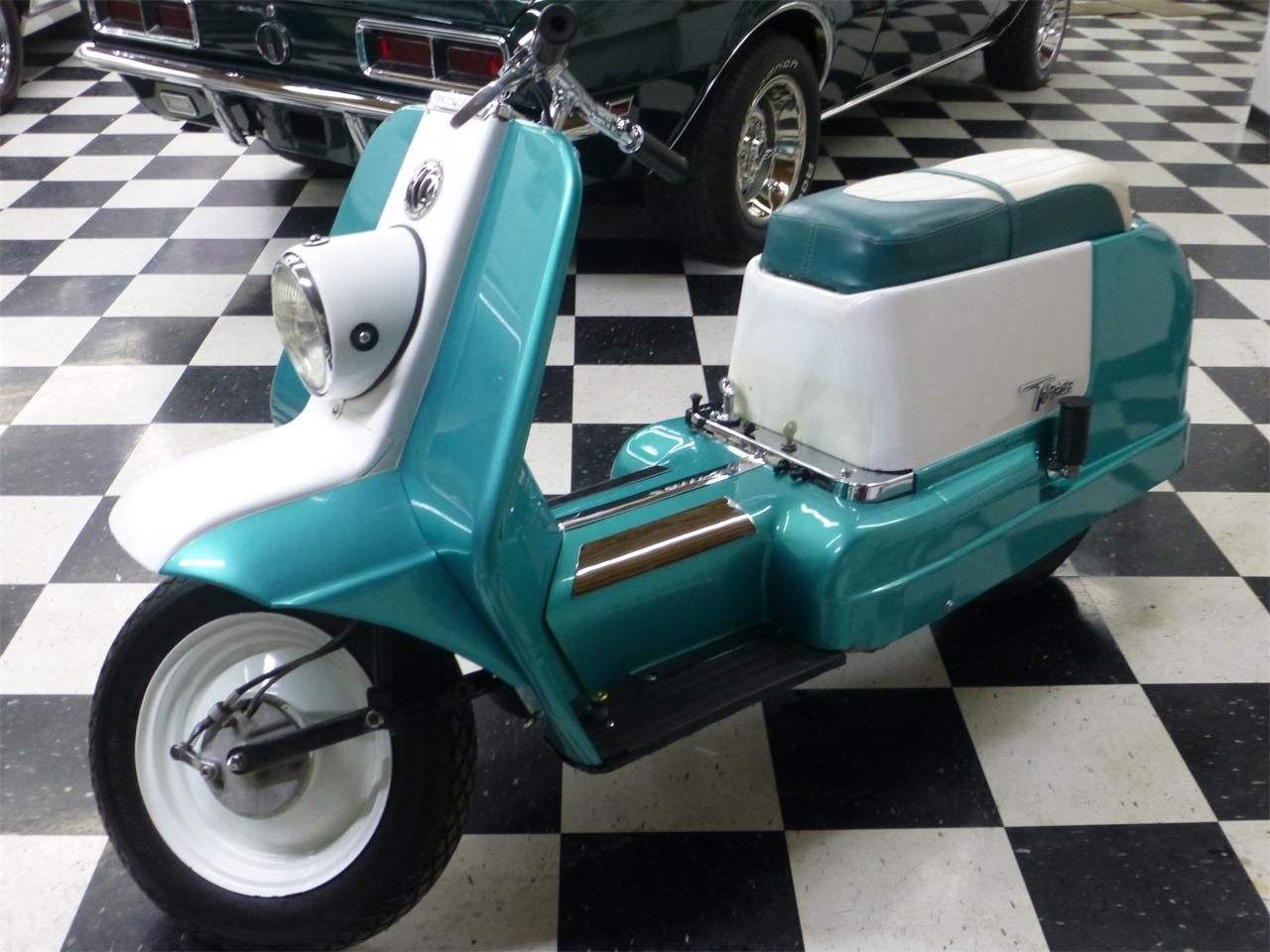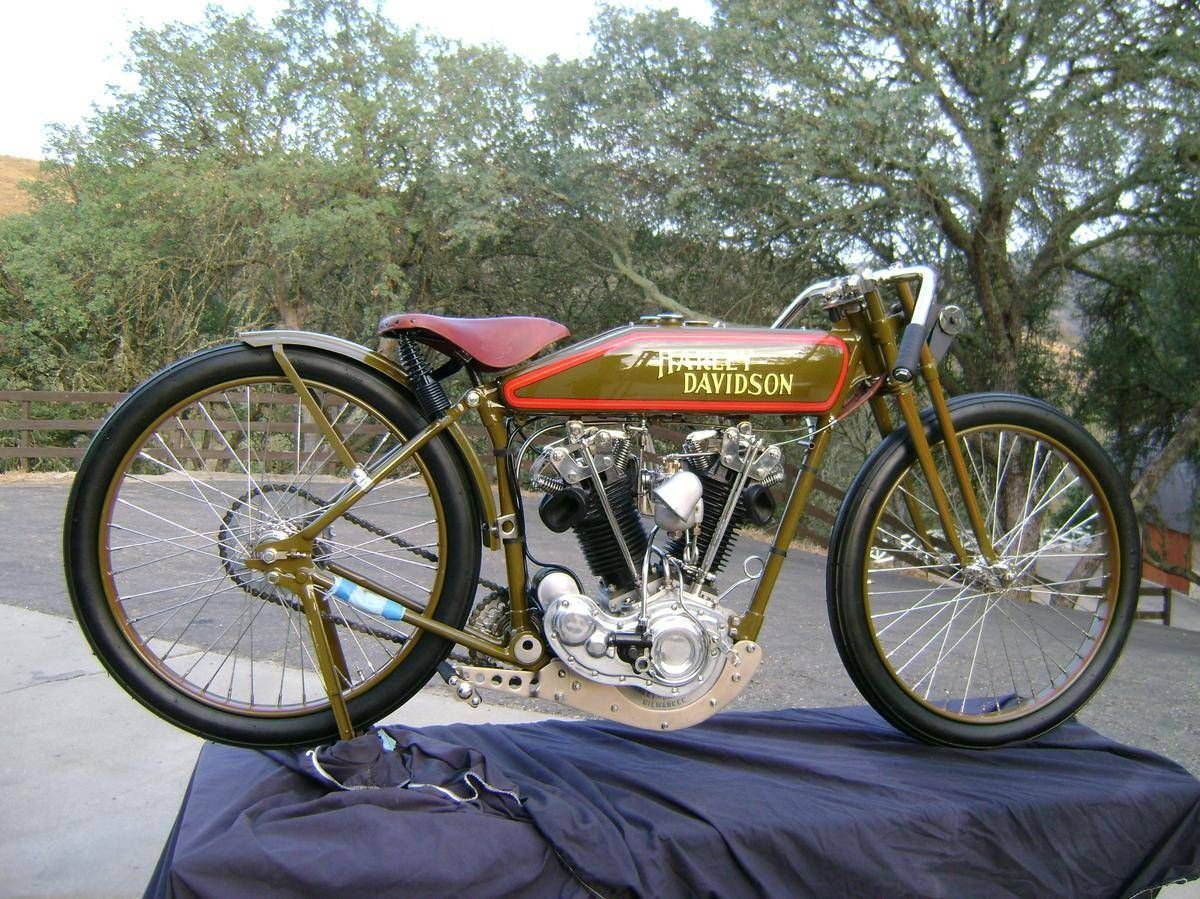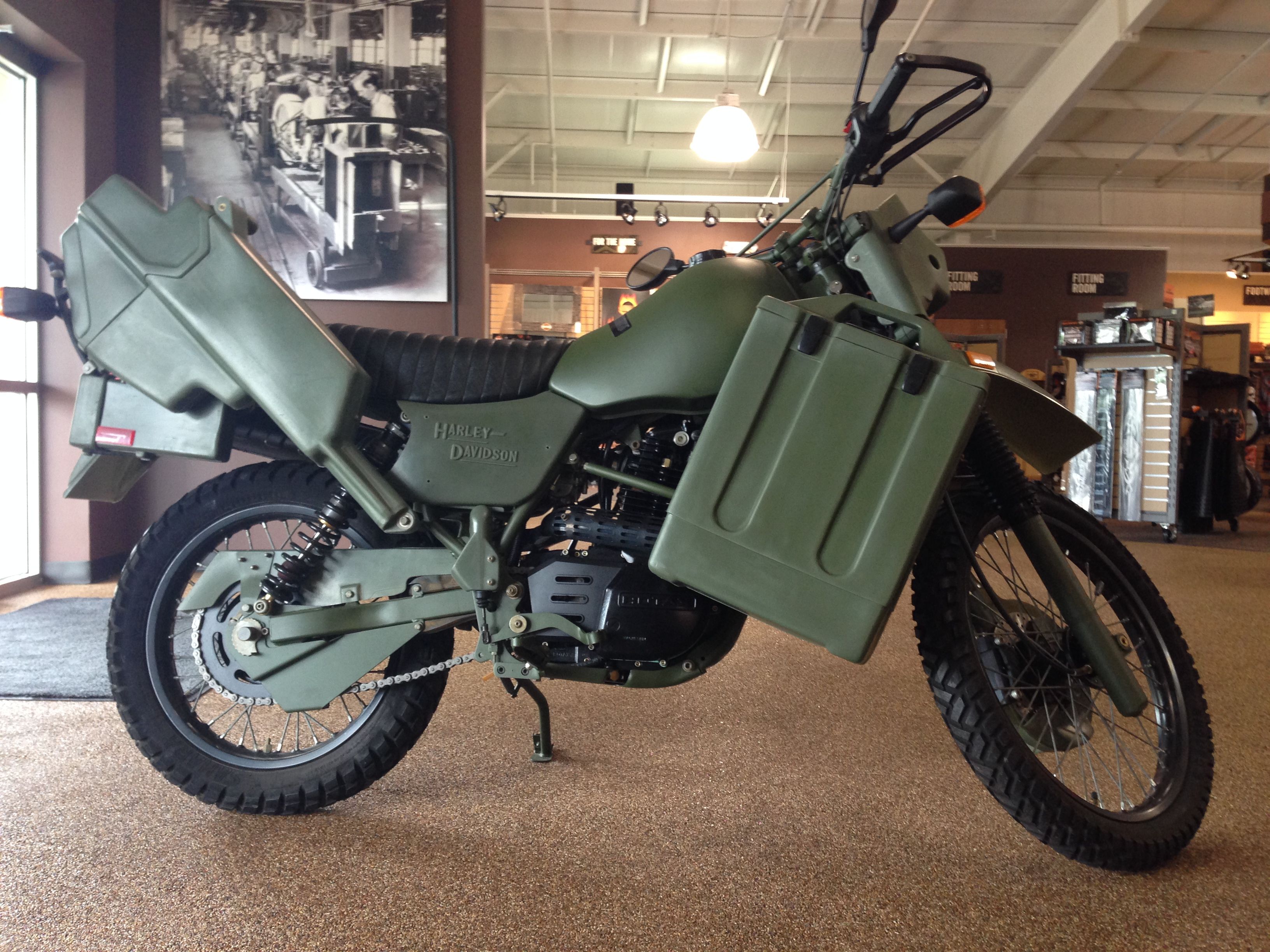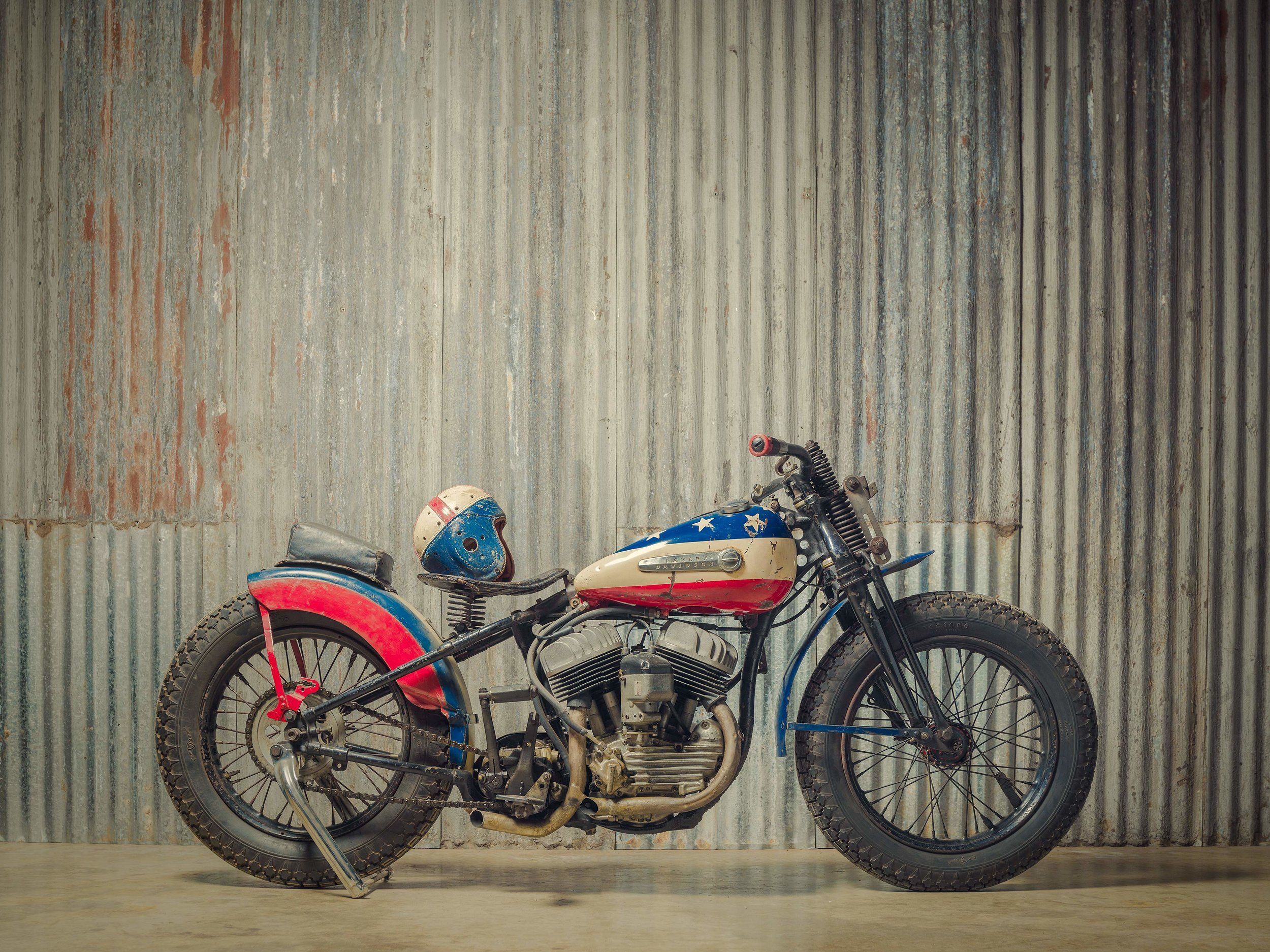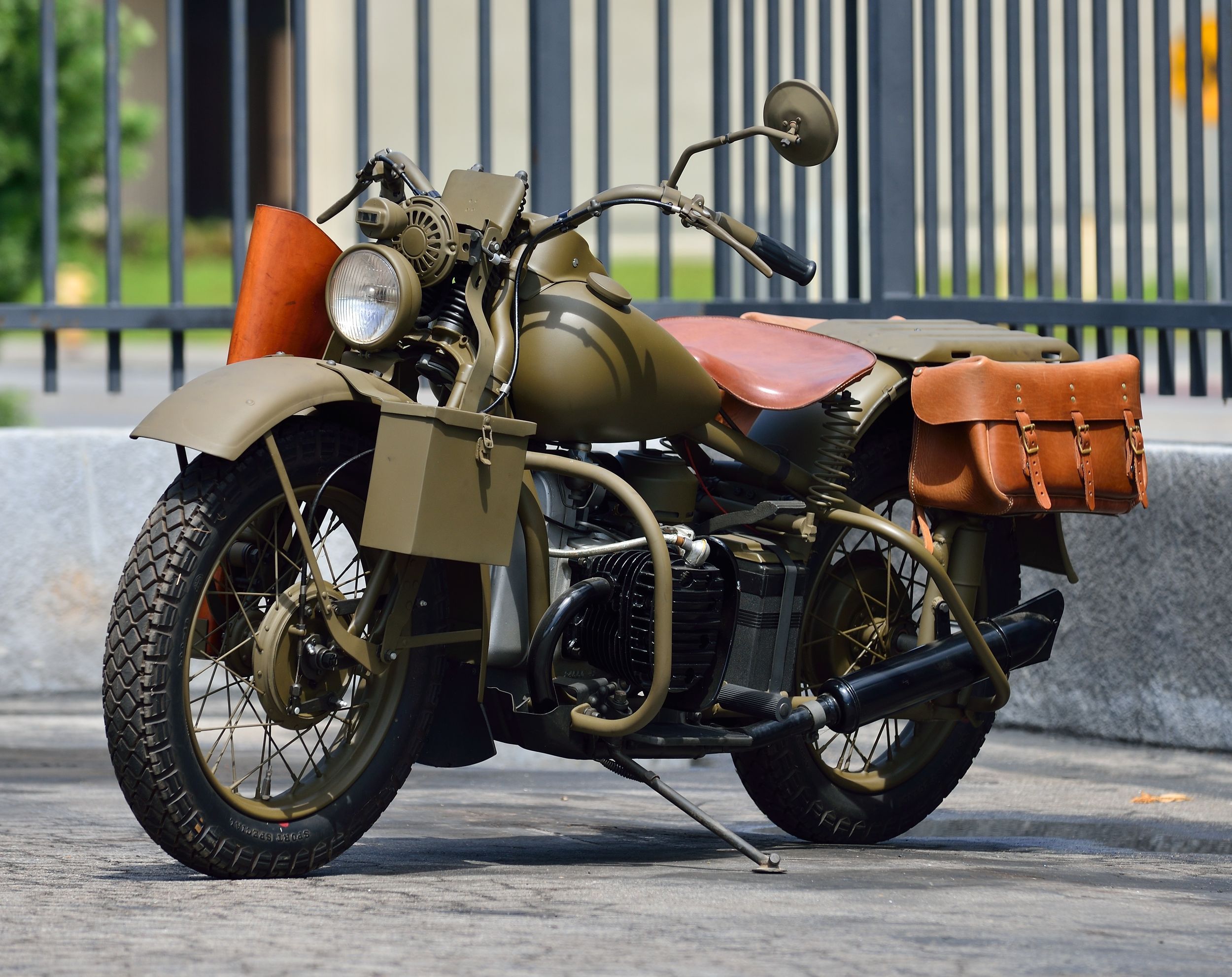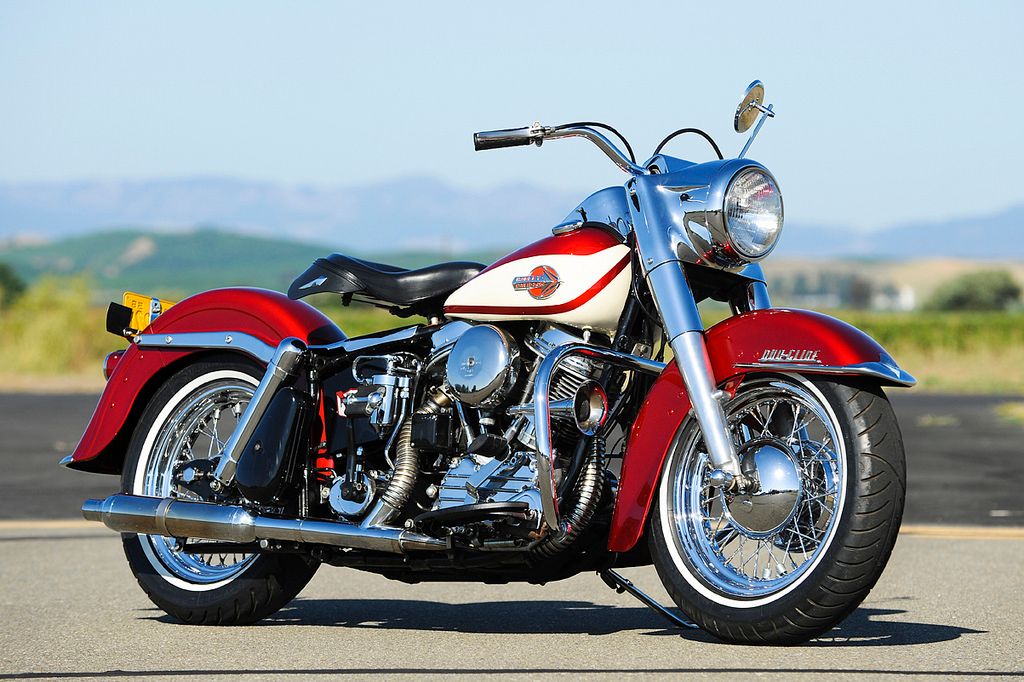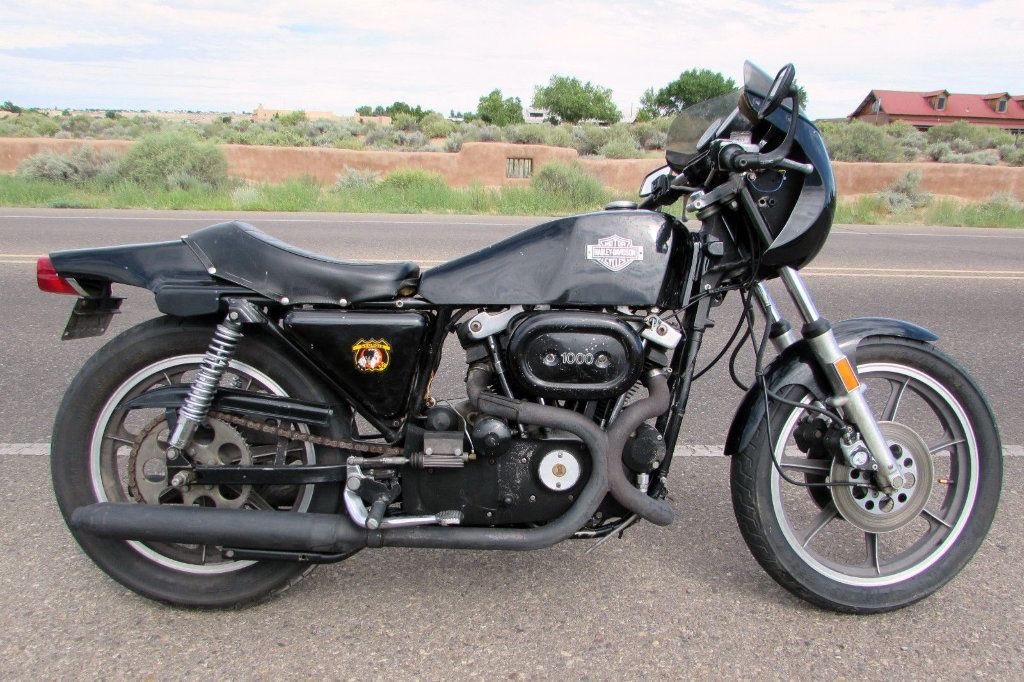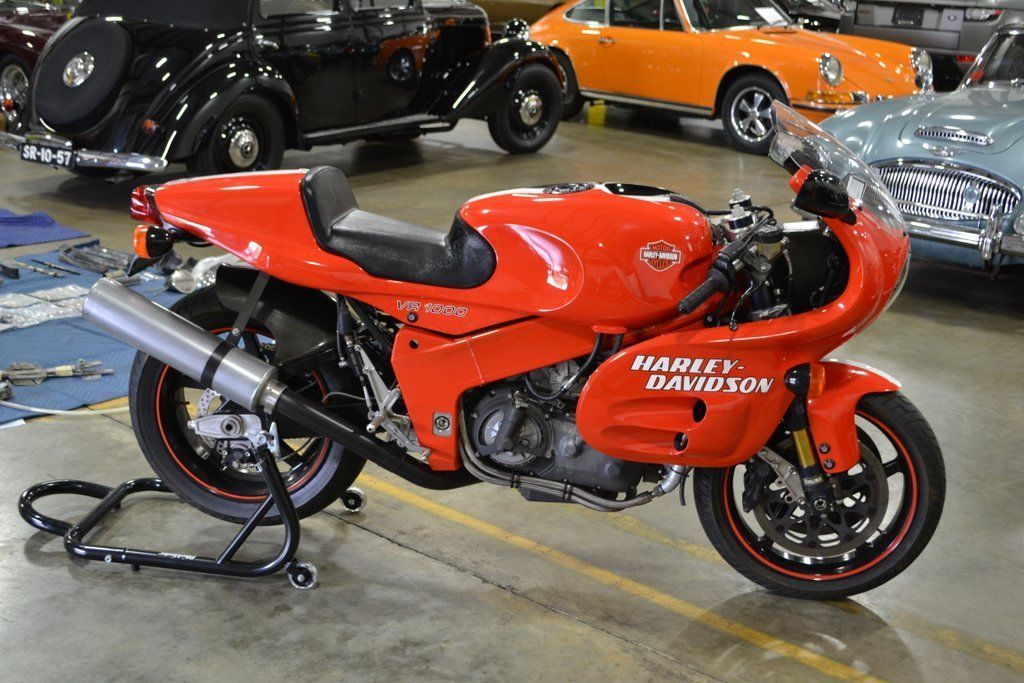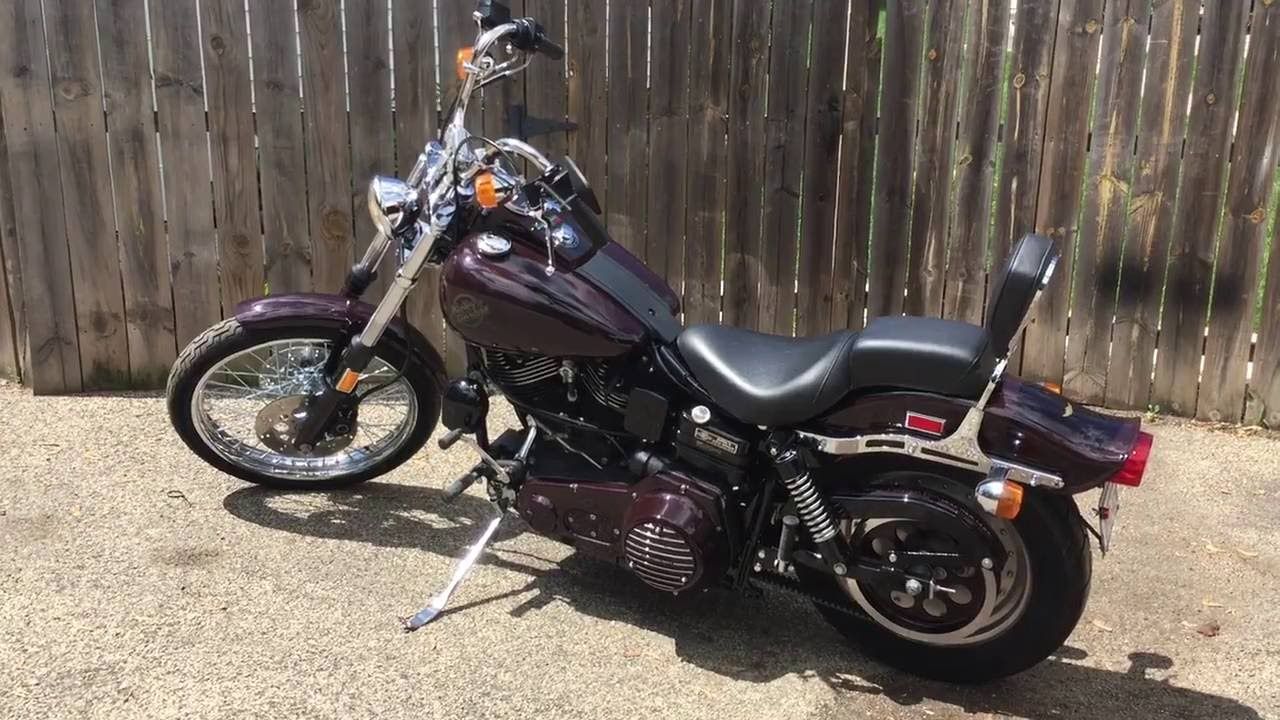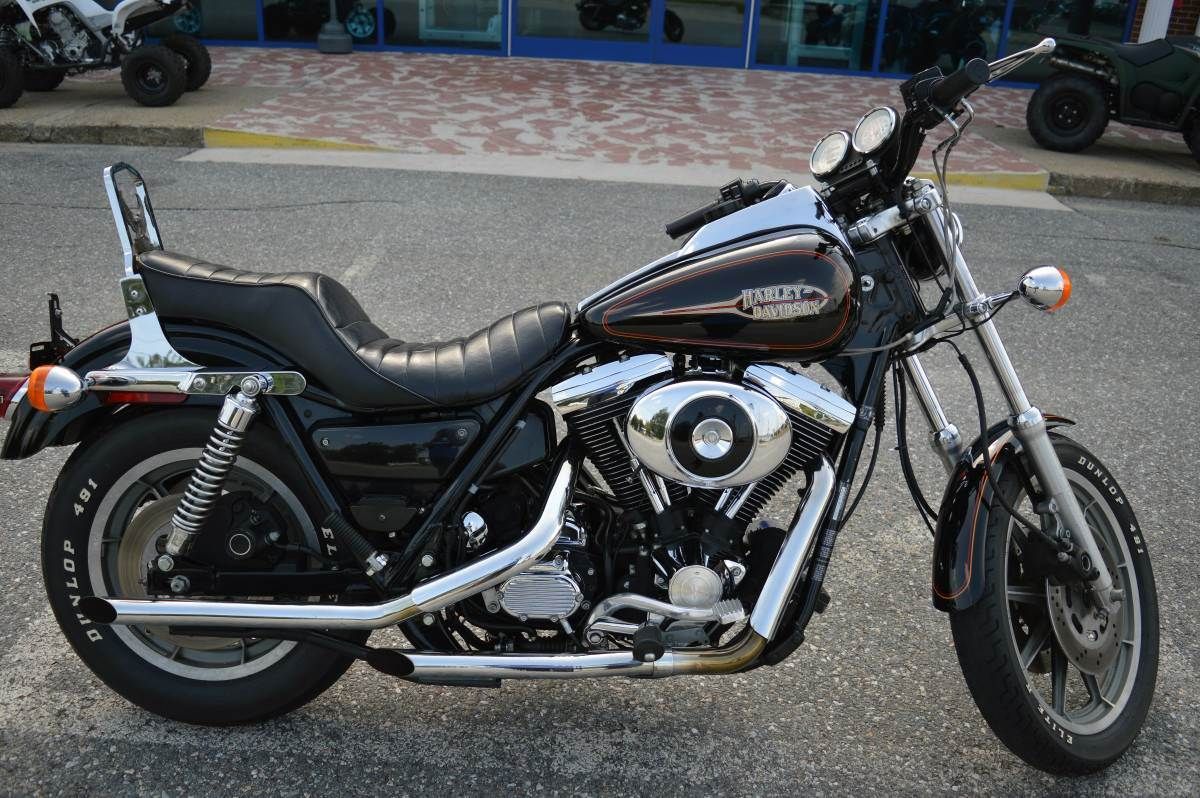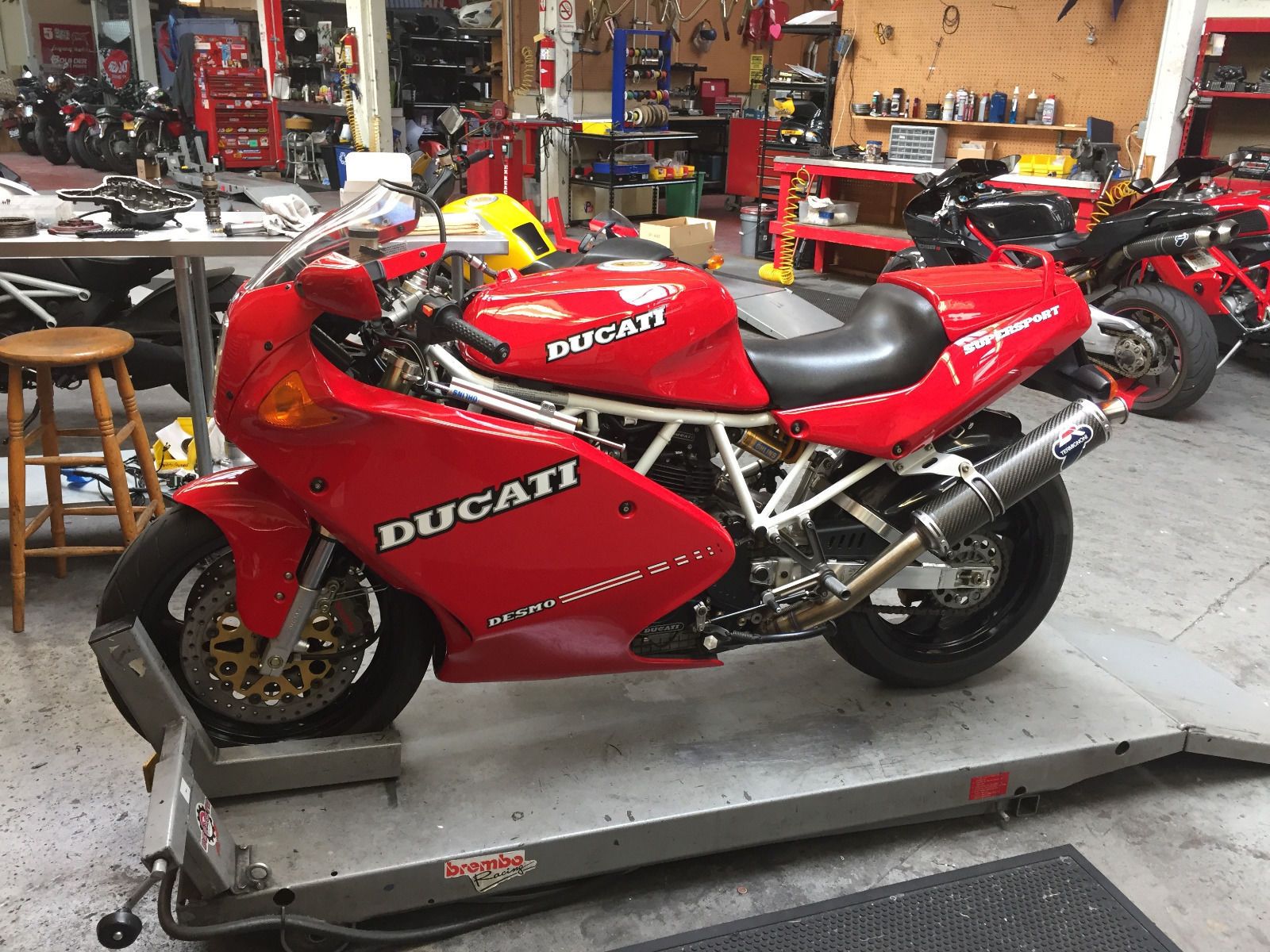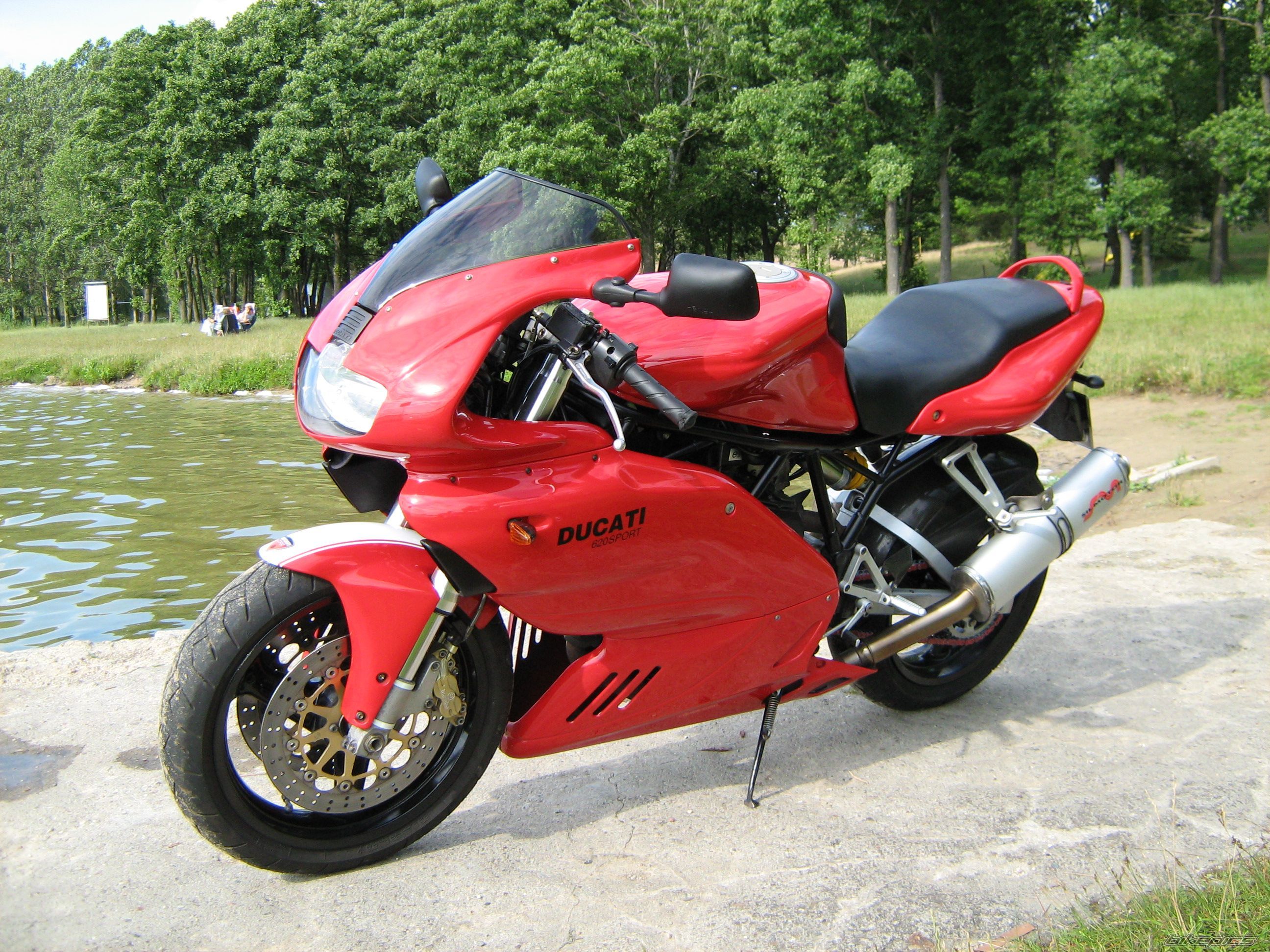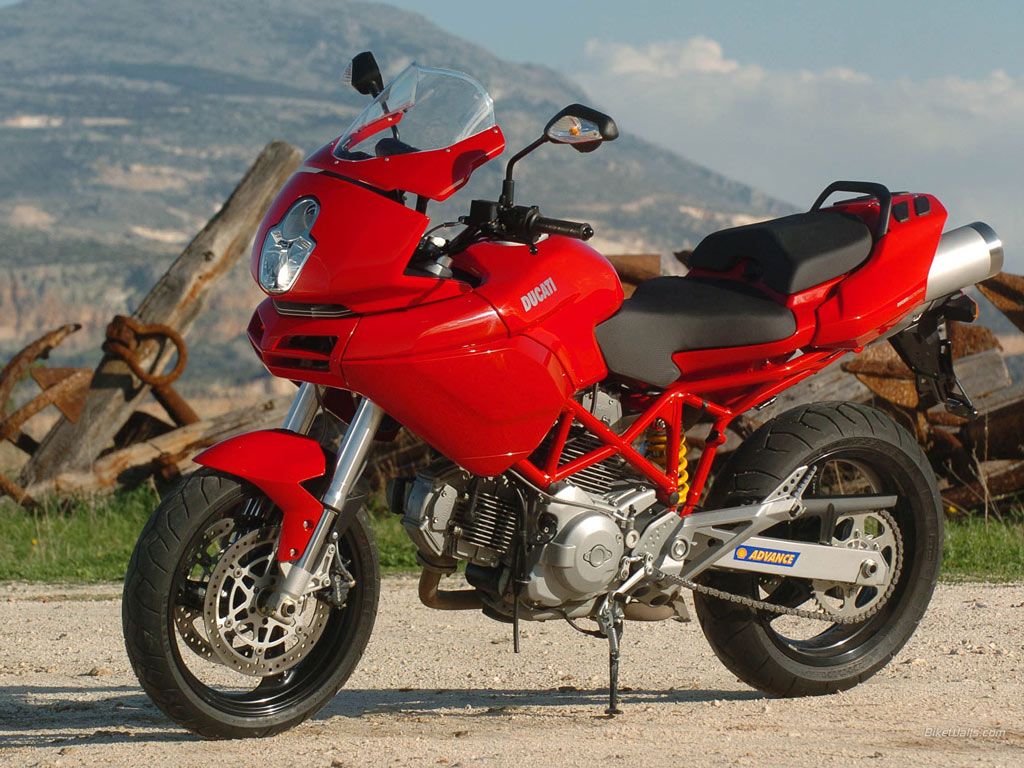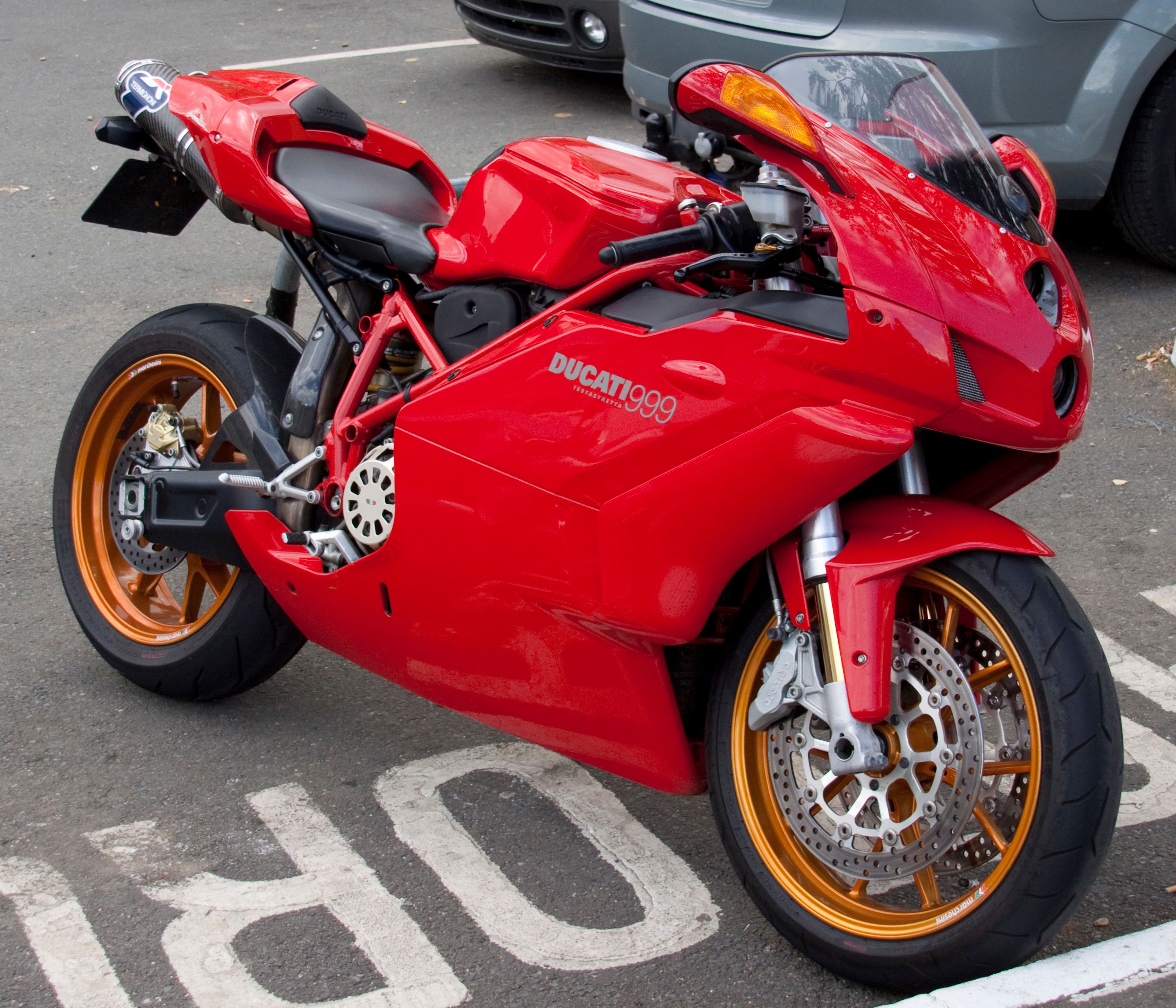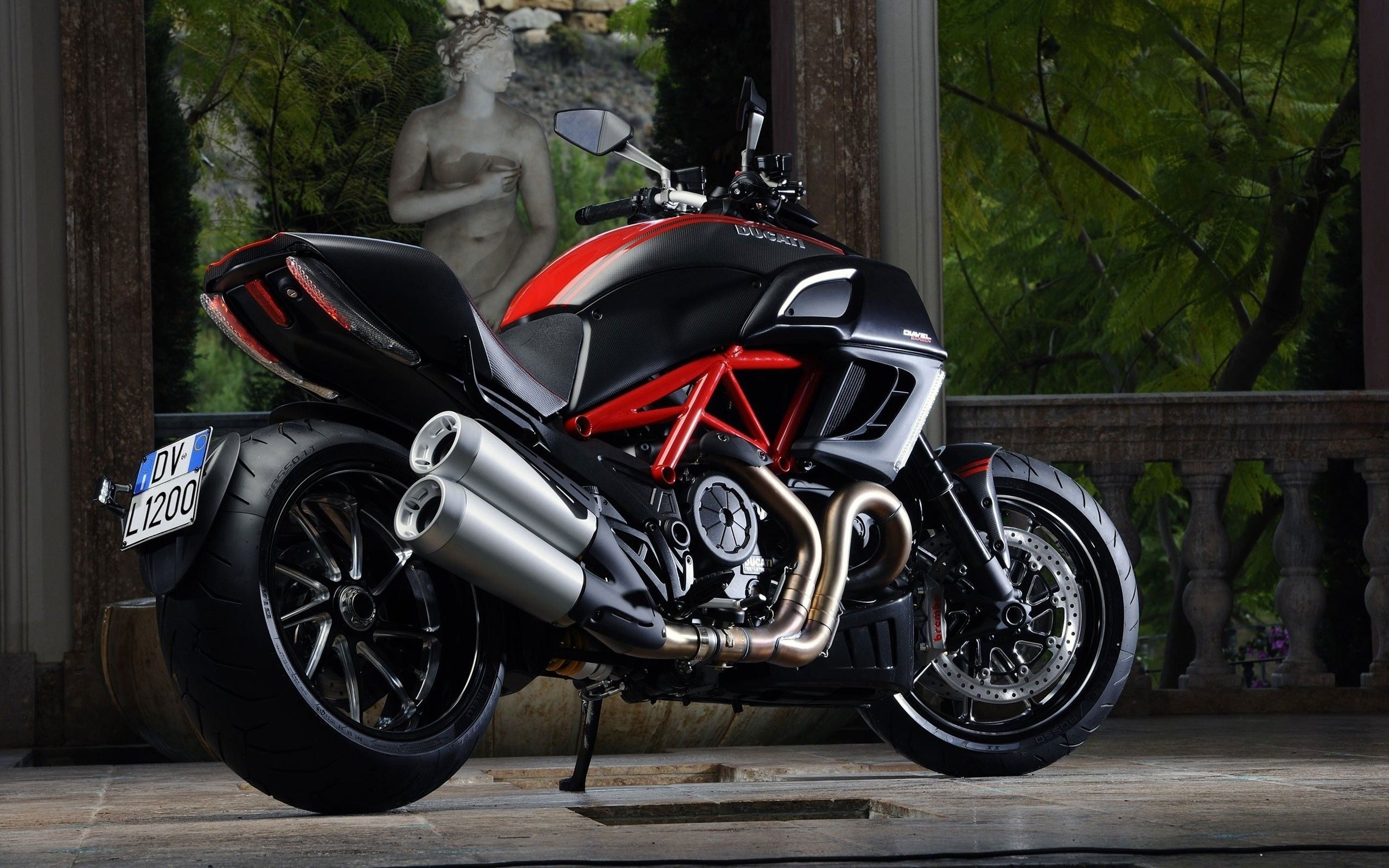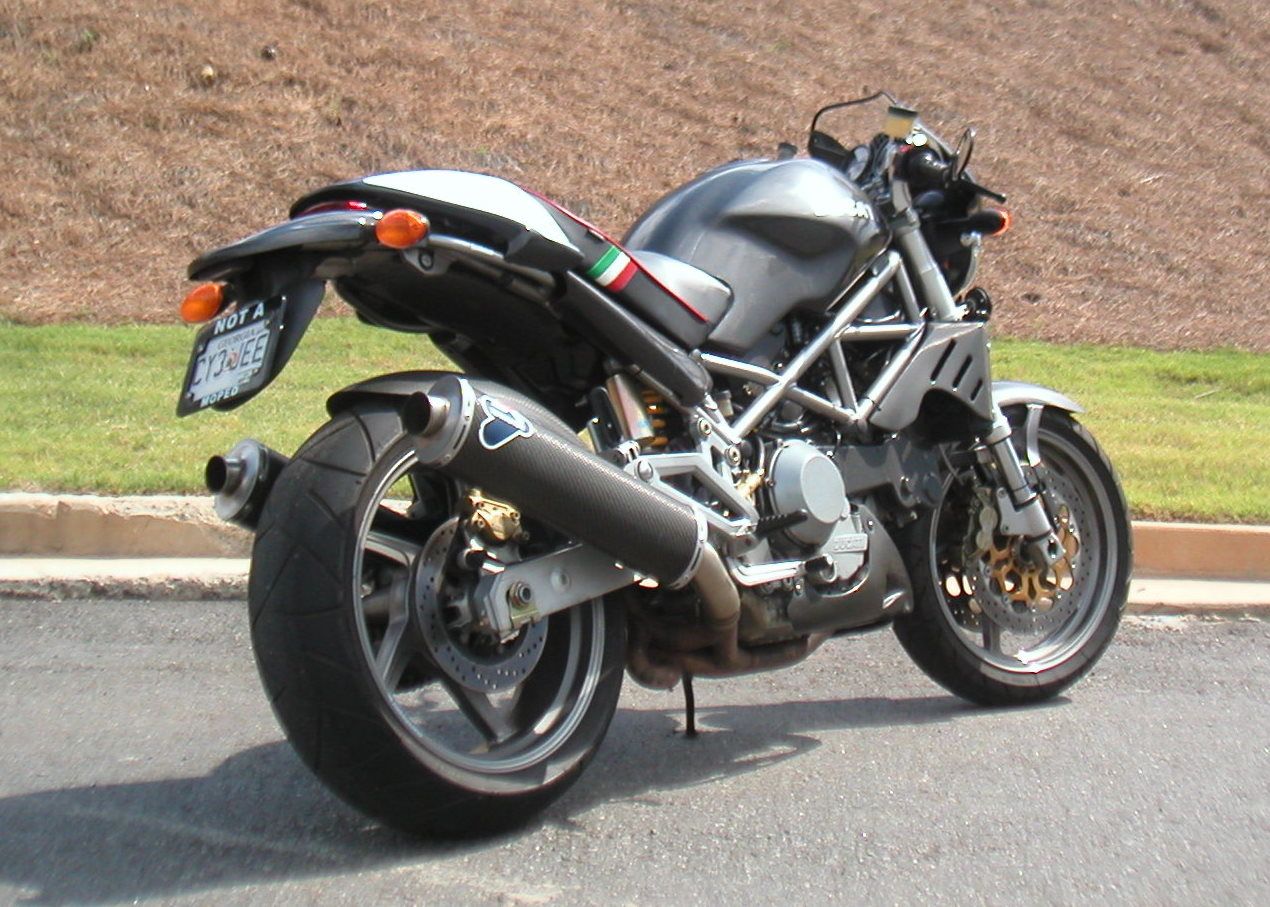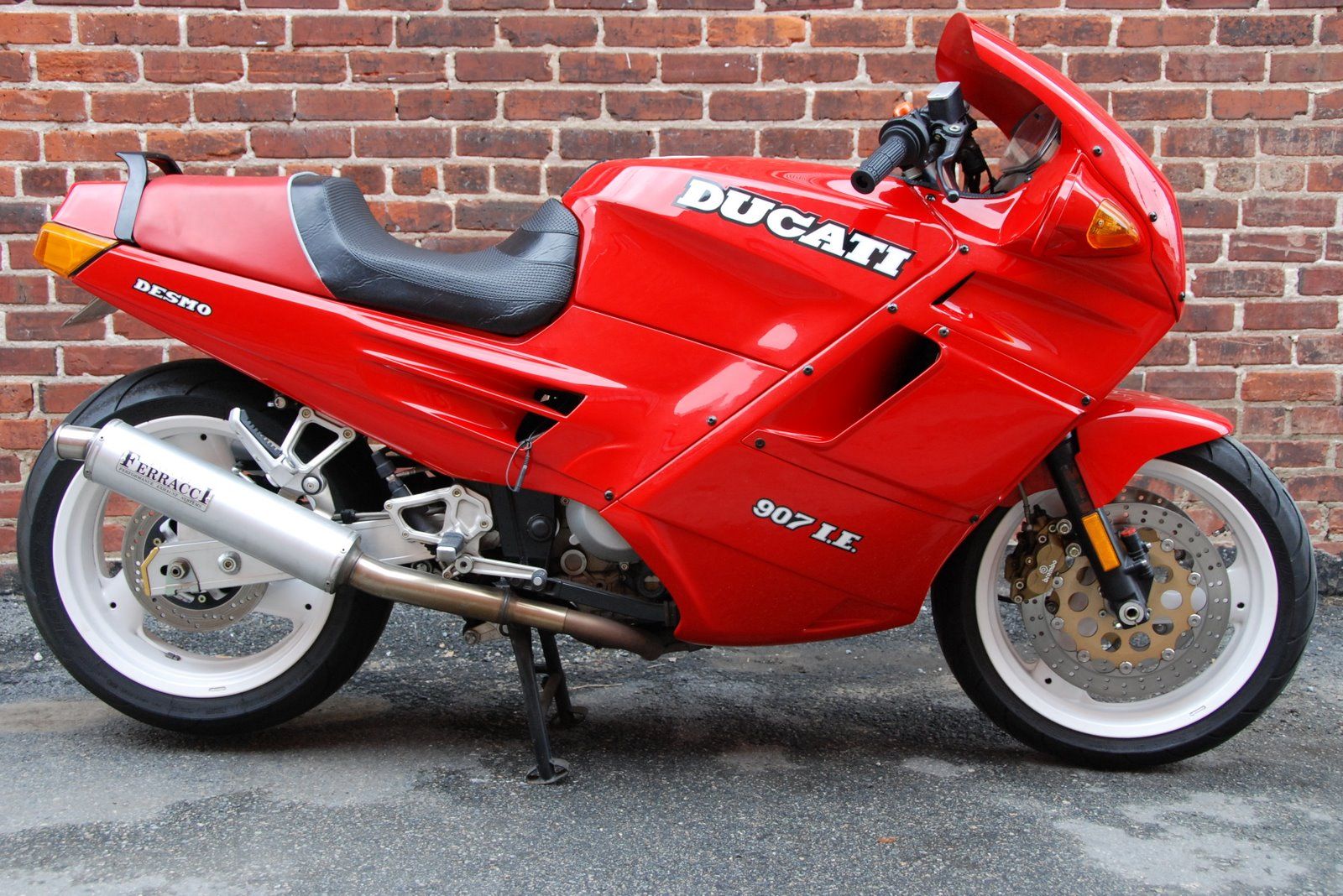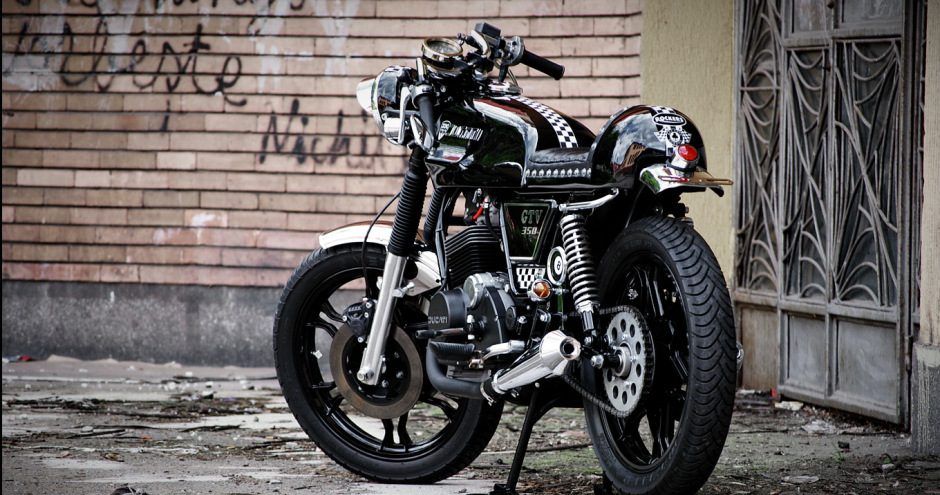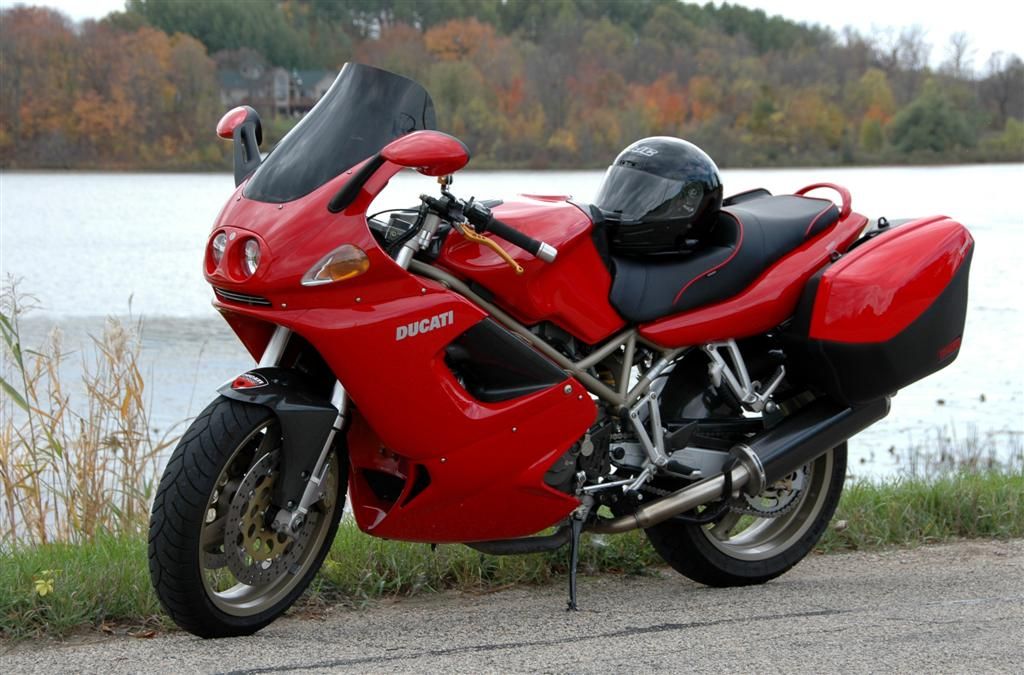Harley-Davidson and Ducati have a few things in common. They are perhaps the two most famous motorcycle brands out there, they are arguably the most iconic motorcycle manufacturers, they have some of the most diehard fans, and let's be honest: there really aren't any bikes that sound better than those V-twins.
It would be easy to think that someone with such legendary status has been surfing on a wave of success ever since they set up shop but ironically, there haven't been many motorcycle manufacturers throughout history who have faced the same economic problems and made as many bad decisions as these two companies. And then there's the build quality—or should we say lack thereof?! There was a time when buying a product from either one of them would almost make you a certified mechanic after only a year of ownership.
Maybe it takes a few bad decisions and some sub-par products in order to achieve true legend status? We don't know. What we do know is that there are some forgotten gems out there that deserve their time in the spotlight...as well as some bikes that should stay well hidden in the dark due to their hideousness and unfortunate build quality.
With that being said, let's just jump straight into it and take a closer look at some of the Harleys that people forgot existed, as well as those Ducatis no one cares about.
22 H-D Topper
Harley released the Topper, a rebadged DKW, in 1958 and kept selling it until production ended in 1965. It was powered by a 165cc, air-cooled, two-stroke single that ran on premixed oil and gasoline and was started with a ripcord—like a lawnmower. The first generation had a belt-driven "Scootaway Drive" CVT that was good in theory but had belt-slippage issues caused by road grime. In 1961, there was an upgraded "H" version released with an updated, sealed transmission that solved that problem. The Topper sold respectably until its end in 1965.
21 H-D 8-Valve Racer
You'd be forgiven for not remembering this bike, seeing as it was built all the way back in 1921 and for the fact that Harley never sold it to the public. That's not because it wasn't available, but because it wasn't priced to sell. The asking price of $1,500 was a huge amount in 1921 and well out of reach of most guys who might have considered taking it racing. In 1921, it set a record as the first motorcycle on which a race was won at more than 100 mph. This was the start of the famous Harley-Davidson "Wrecking Crew" nicknamed factory racing team that consistently wiped the floor with the competition.
20 H-D MT350E & MT500
The MT350E and MT500 came out of an inherited design after the Armstrong-CCM company collapsed and it sold its military division to Harley. From 1993 to 2000, Harley built the MT350E and the MT500 as military-spec motorcycles, with the MT350E largely used by overseas armies, including by the UK and Cyprus. The 500 was made available for sale to the general public through Harley dealers in the U.S. but the 350E was strictly for military use. These tough, dual-sport bikes were built to take abuse and to be dropped at a moment's notice. Allegedly, they were even dropped out of helicopters, though no one's proved it as far as we know.
19 H-D WLDR
In order to create the WLDR race bike, Harley took what it learned from making the WL and improved it. Unfortunately, the WLDR's impending popularity in the racing community was cut short by the outbreak of WWII. Once the war started, Harley discontinued this model in order to focus on building motorcycles for the war effort. But...the evolution of the engine from WL to WLDR and beyond eventually became the 1950s K model, which is one of the most important bikes in the company's history, and that pretty much makes the WLDR the great-granddaddy of the Sportster.
18 H-D XA
The allied troops during WWII couldn't help but admire the BMW motorcycles their adversaries had at their disposal. Harley took note and built the XA, which featured a shaft drive and a boxer engine. Only 1,011 were built, along with parts for an estimated 1,000 more, and it was a short-lived experiment, yet still significant. Unfortunately, the experiment proved too rich for the U.S. Army, and they decided to go with Jeeps and WLAs as their main means of transportation. If nothing else, the XA proved that Harley could take the fight to overseas manufacturers when it mattered.
17 H-D Duo Glide
These days, a decent rear suspension is a must and is pretty much taken for granted. But back in the 1950s, such a thing wasn't always a given. The first bike in the Harley lineup to feature a true rear suspension was the 1958 Duo-Glide, offered in FL and FLH form. The new step-down frame featured a swingarm that attached to coilover shocks in back. The suspension had three settings: solo, heavy rider, and two-up. Harley didn't remove the sprung seat. Instead, this new-fangled suspension was added in addition to the standard sprung seat, giving the rider the comfort of the old with the added comfort of the new.
16 H-D XLCR Cafe Racer
In 1977, as the first wave of interest in cafe racers from the UK and Japan swelled, Harley decided to get in on the action with a factory offering to the enthusiastic custom bike builder scene: the XLCR. The bike was a very radical styling departure from anything Harley had ever done before. At most, the bike had a slim resemblance to some of its race bikes. So what was the XLCR Cafe Racer all about? Well, at 515 lbs (with fluids), it was a relatively lightweight Harley that could actually go around corners with ease.
15 H-D VR 1000
In 1994, Harley built its first true racing machine and there were no parts on it that were based on any production bike in its stable. The engine was a DOHC, liquid-cooled, V-twin set at a 60-degree angle, instead of the traditional 45. Horsepower was rated at 135 (at 10,000 rpm). And it had gigantic brake rotors with six-piston calipers—in 1994! It weighed a mere 375 pounds, thanks to its lightweight, carbon fiber fairing. Unfortunately, Harley decided that development of this type of racing machine was too expensive and didn't offer enough return on investment, so the program was scrapped. Just 50 were produced for the public to purchase.
14 H-D FXDG Disc Glide
In 1984, the FXDG Disc Glide appeared, though some of you might know it as the Willie G. Special. Then again, most of you won't know it at all. This bike is extremely rare and only 810 were ever produced. It was essentially a highly customized Wide Glide, but as with other Harleys, it's the customization that made it special. The 'Disc Glide' name came from the solid aluminum, 16-inch, disc-style rear wheel. The engine and transmission were also completely blacked out. If you wanted a unique Harley from the factory, this was about as exclusive as it would get.
13 H-D VRXSE Destroyer
There are some sportbike manufacturers that make and sell straight-out-of-the-box race bikes for their customers. Harley decided to do something similar when they saw an untapped market for drag racers. We present to you the VRXSE Destroyer, the purpose-built drag strip monster from Harley. How good was it? Racer Andrew Hines set an NHRA quarter-mile record of 6.991 seconds on one of these bad boys. Harley's ethos may not be about going fast anymore but if this is what they can do when they put their mind to it, perhaps it's time for Harley to return to its racing roots?
12 H-D FXRS Sport
In 1982, the FXR was launched. It was designed, in part, by Erik Buell and featured Harley's three-point rubber engine mounting system, an exposed frame, and exposed shocks. Sometimes nicknamed “The Ugly Glide,” the FXR had a reputation as a rider's machine. It handled well, was very fast, and had less mechanical problems than previous Harleys. In 1985, the FXR Sport made its debut. Basically, it was an FXR with raised suspension and a second disc brake on the front. This bike was an example of Harley listening to what its riders wanted: a better riding FXR with more stopping power.
11 Ducati SS
There is one good thing about the old Ducati SuperSport: it's relatively easy to work on. However, unless you really enjoy getting your hands dirty, you probably want to avoid this one. Back in the 90s, being a Ducati owner wasn't as much about the riding as it was about the maintenance of the bike and the 900SS was particularly bad, with the term "money pit" being regularly used by owners. This bike was already old when it was brand new. It sure wasn't fast. And it had more issues than Vogue. Anyone who does buy one will have to deal with friends and family worrying about their financial and mental well-being.
10 Ducati 620 Sport
Considering this is an older Ducati it's not a particularly bad bike—but even if you see one for sale, we recommend you keep looking around for something else. This is one of those Ducatis from the reliability-issues years and there will eventually be some of those old-fashioned problems. The electrics are absolutely terrible and you should expect to encounter more than one issue during your tenure. The starter circuit is particularly notorious, but in reality, all the wiring should just be torn out and replaced from day one. In addition, the engine lacks power, the fit of the trim and panels isn't very good...and the bike is just disappointing.
9 Ducati Multistrada
While the later Multistrada looks amazing, the Pierre Terblanche-styled original version is so ugly it makes people nauseous. The engine was quite nice and the bike rode fairly well, but that fairing...what were they thinking? Then again, that is exactly what makes the first version something of a bargain today. Initially designed as a concept bike based around Ducati’s then ubiquitous and usable, air-cooled, 1000DS V-twin, it had an adventure bike’s upright posture, comfort, and practicality but with classic Ducati sports appeal. The version to get would be the Öhlins-equipped 1100S.
8 Ducati 999
Ducati’s iconic 916-998 series was always going to be a virtually impossible act to follow—as was proven by the 999, in all its forms. The truth is that the 999 is a remarkable machine and due to its lesser appeal, it remains a superbike bargain. The main reason the 999 never reached the same level of popularity as its predecessors was more due to its questionable styling than any lack of ability. In virtually every measurable way, the 999 in all its guises—S, R, Dark, and even 749—was a faster, better handling, more advanced machine. Numerous World Superbike titles don’t lie.
7 Ducati Diavel
How times have changed! Today, the Diavel is widely considered as a power cruiser—part cruiser, part sportbike—and ever since it was first unveiled, it has been one of Ducati’s most controversial machines. Most people didn't like or get the Diavel at first, bombarding Ducati with complaints that this monstrosity betrayed everything the brand stood for. Meanwhile, a lot of people have changed their minds regarding the Diavel, especially those who've actually ridden one. But it still remains one of the more controversial bikes out there.
6 Ducati Monster 600
The Monster 600 was a huge success when it was first released, probably because it was the cheapest entry into Ducati ownership. Ironically, the Monster 750, which never sold as well as the 600 and 900 models, is now a much better choice than the 600 seeing, as it comes with more power and is better equipped. Today, the Monster 600 is mainly bought by those who want a really cheap Ducati or by newbie riders. There's more than a fair chance that an M600 that's up for sale has been used and abused as someone's first bike and will be a money pit.
5 Ducati Paso
Essentially, the Paso took the engine out of the successful F1 racebike and with some major modifications, it was bolted into a new chassis with a full-enclosure fairing. Ducati was moving away from the race replicas for which it had become famous; this was going to be a mass-produced sporty bike for the rider who wanted a certain measure of comfort, with excellent handling and performance, as well. In reality, the bike turned out to be utter misery to ride on anything but smooth asphalt and the Weber carb would flood any time the bike wasn't ridden at warp-speed. With a price tag nearly double that of the more powerful GSX-R 750, the Paso never became a popular choice.
4 Ducati 350 GTV
All motorcycle manufacturers have failures they would like to forget. In Ducati’s case, it was the parallel-twin, a bike so unloved it doesn’t even get a mention on the Ducati historical website. When it came to riding, the GTV had the best brakes available and comparable handling. Although it no lightweight, at 403 pounds, the bikes were stable and nimble. The 350’s main issue was the moderate 25 horsepower, although the 500 (with 27 horsepower) wasn’t much faster. Then there were the reliability issues: crankshaft failure and short-lived valve gears, oil pumps were known to fail, and throw in cam chain and camshaft problems, as well.
3 Ducati 944 ST2
The ST2 sports-touring model was a bold step for the Bologna company. It has a 944cc V-twin engine, optimized for torquey mid-range performance and offering a slightly softer ride than the sporty Dukes—with the added bonus of optional hard panniers for those who needed to carry stuff around while touring. It's not the fastest bike ever made in Italy, but probably one of the nicest to ride all day long. However, a touring bike should be able to cover a lot of miles during a riding season but the ST2 requires the same amount of maintenance as any other 2v Ducati of the era; 6,000-mile valve checks and belts that must be replaced every 12,000 miles.

